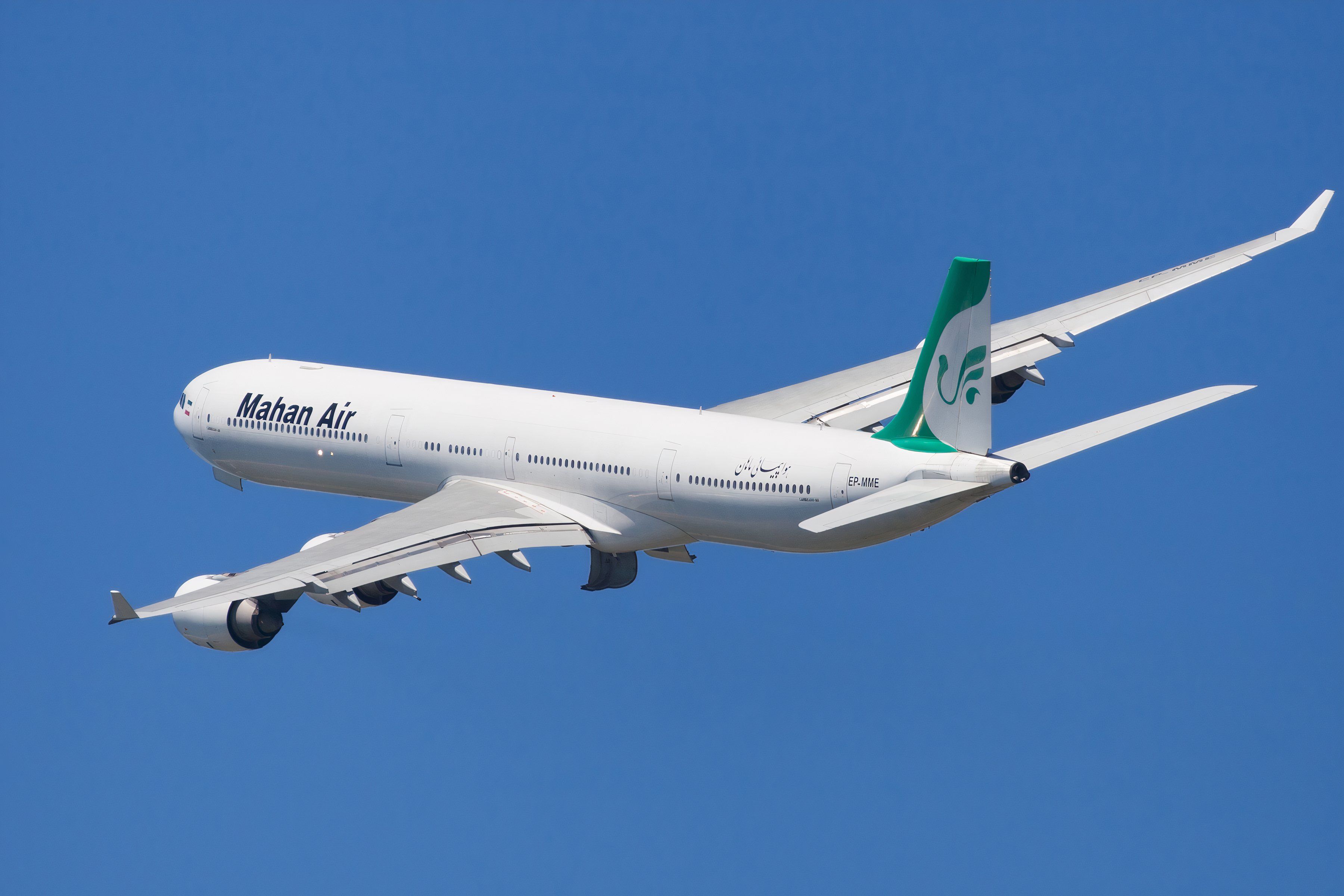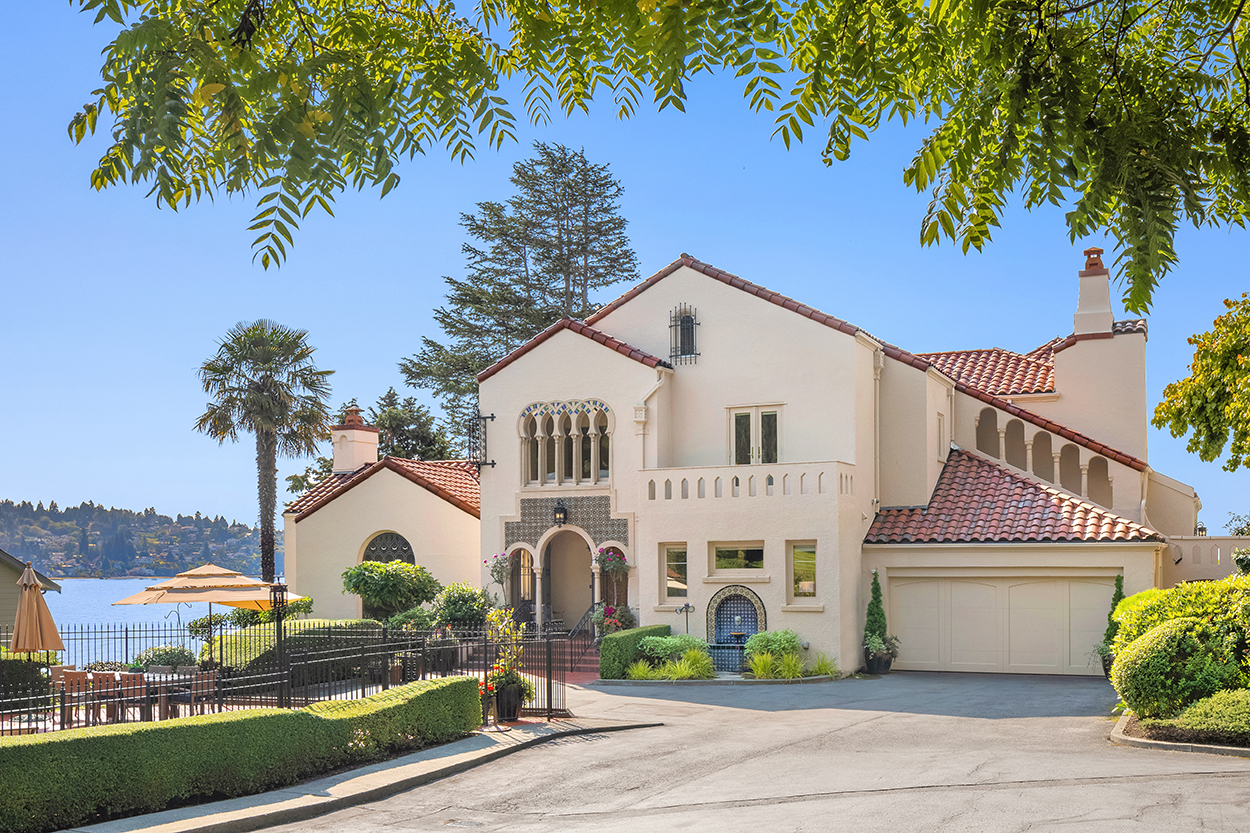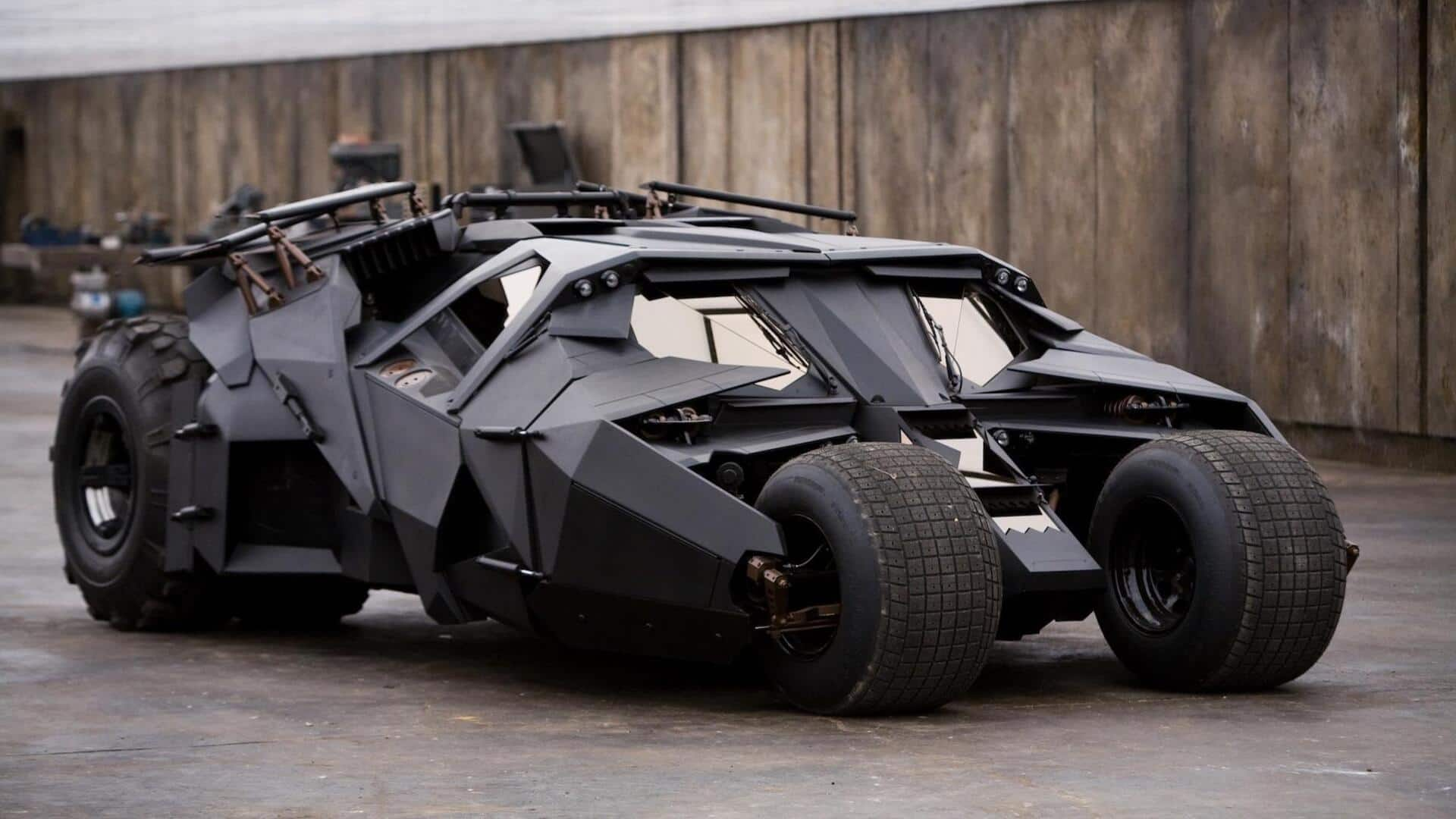The mid-to-late 2000s were a transformative era for Airbus, marked by significant achievements and notable challenges, and this period played a crucial role in shaping the company's future trajectory, establishing Airbus as a dominant player in the global aerospace industry. Notable developments included advancements in the A320, A330, and A340 (including the 600 series) families, which saw continuous improvements and increased market penetration. The A320 family solidified its position as the best-selling single-aisle aircraft.
At the same time, the A330 and A340 continued to perform strongly in the widebody segment, underscoring Airbus's diverse and competitive product portfolio. One of the most significant highlights of this period was the introduction of the A380, the world's largest passenger airliner. The A380's journey began with its certification by European and US airworthiness authorities, paving the way for its commercial debut.
A few airlines from around the globe eventually canceled their firm orders for the type. In October 2007, Singapore Airlines became the first airline to take delivery of the A380, unveiling a luxurious interior with 471 seats, including individual suites for premium passengers. The aircraft quickly became a passenger favorite, Emirates and Qantas followed, each customizing the A380 to their specifications, demonstrating its versatility and appeal.
According to , these were some of the major operators of the infamous double decker: Year Airl.


















